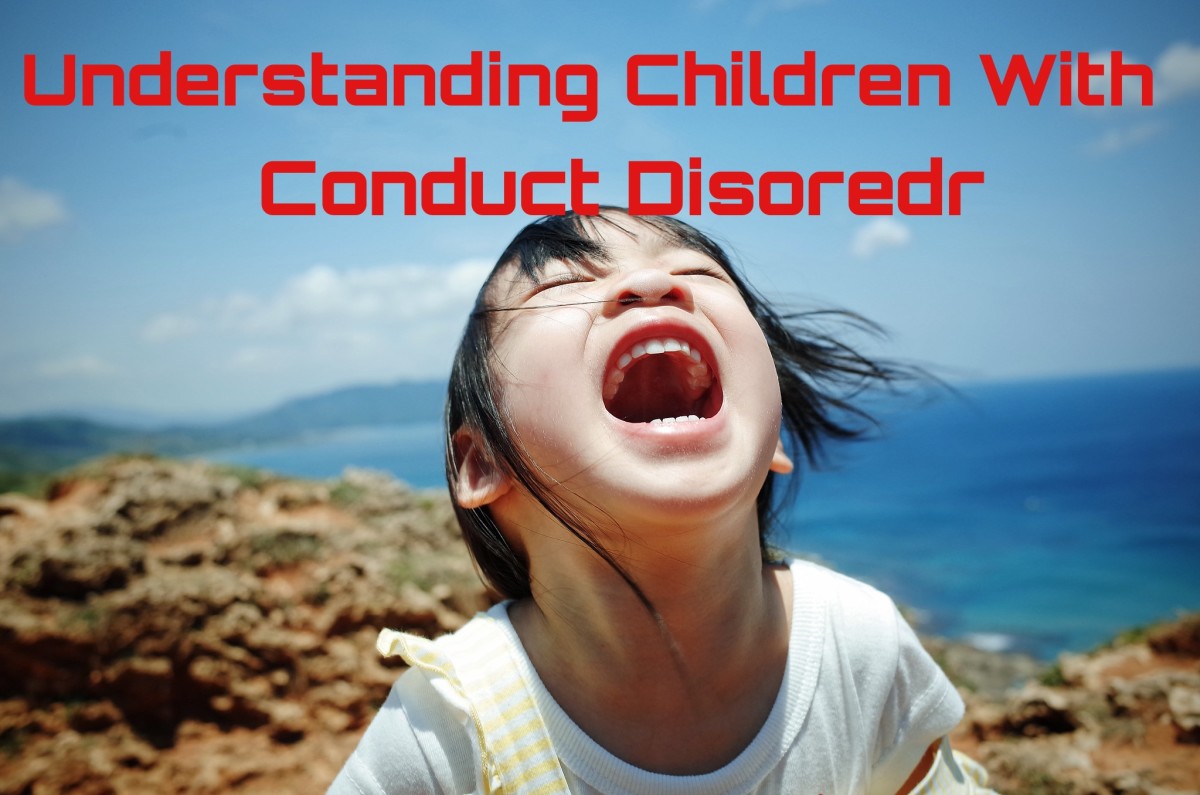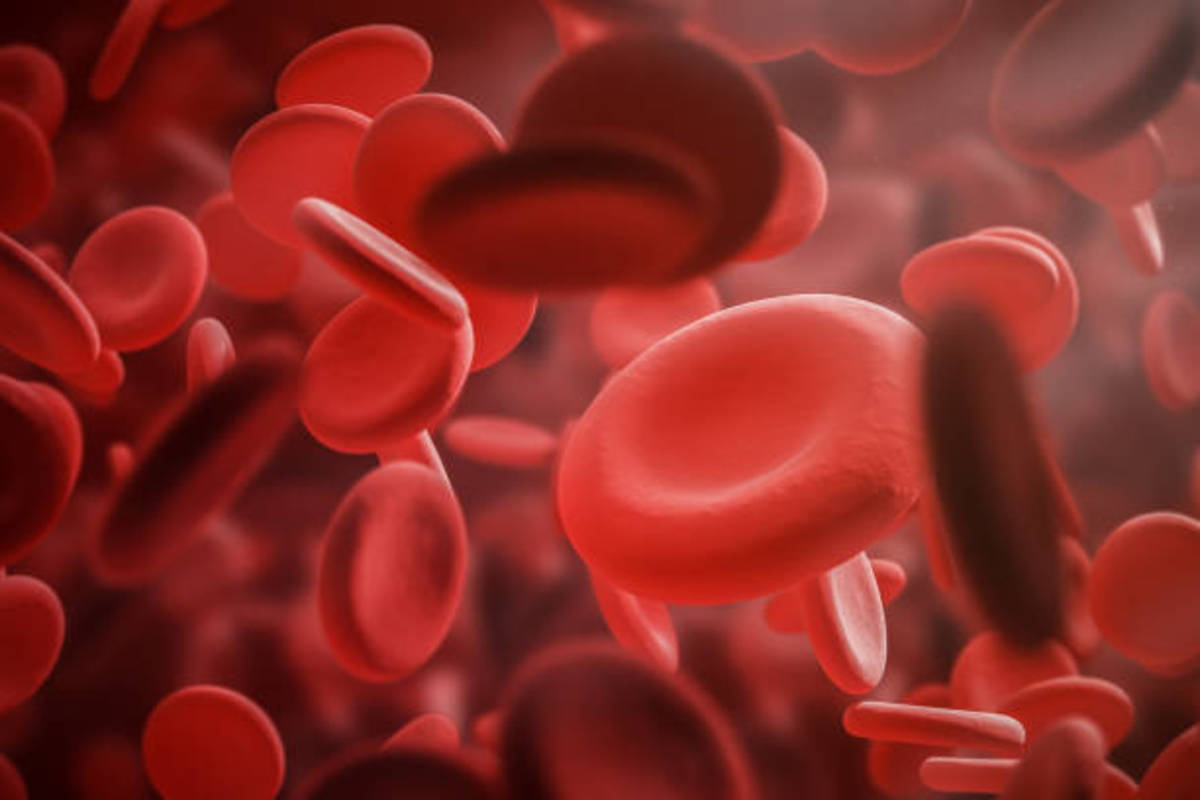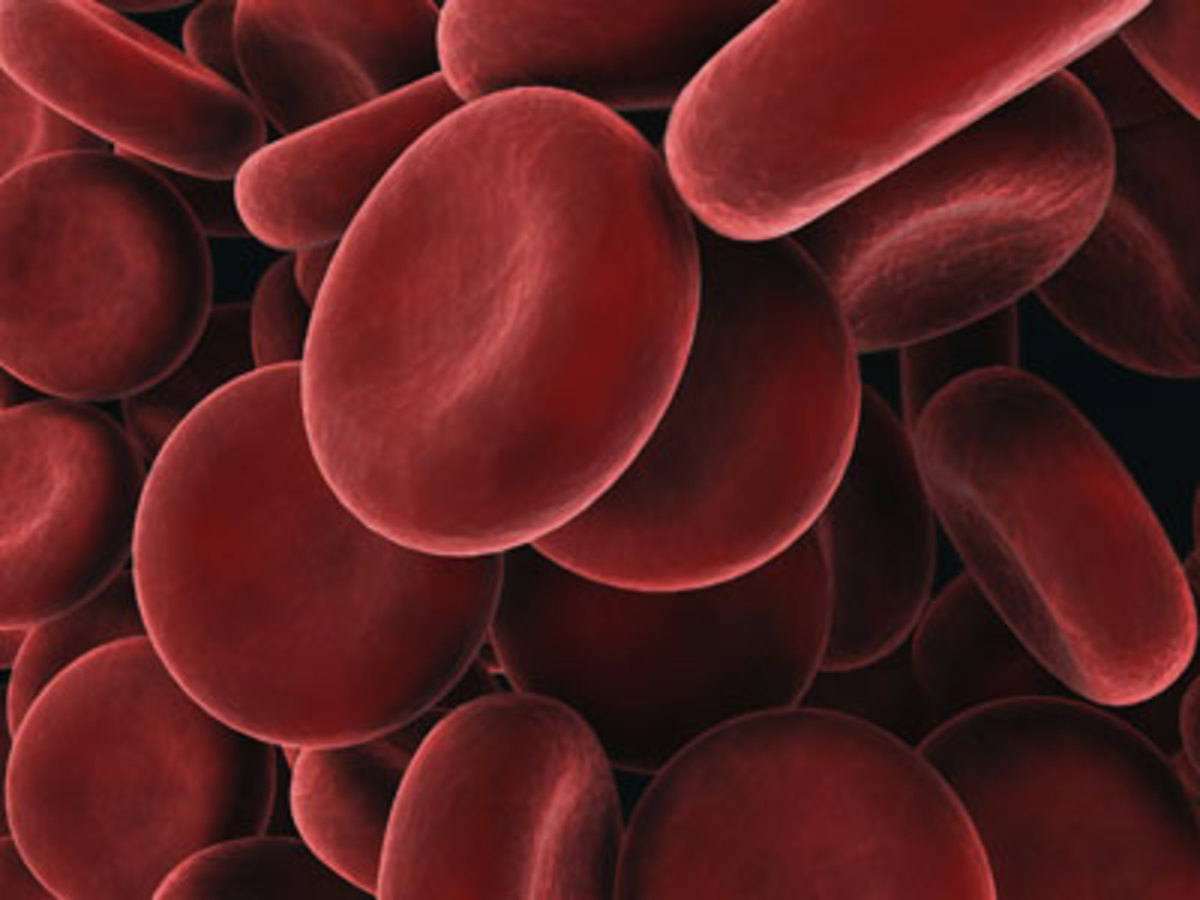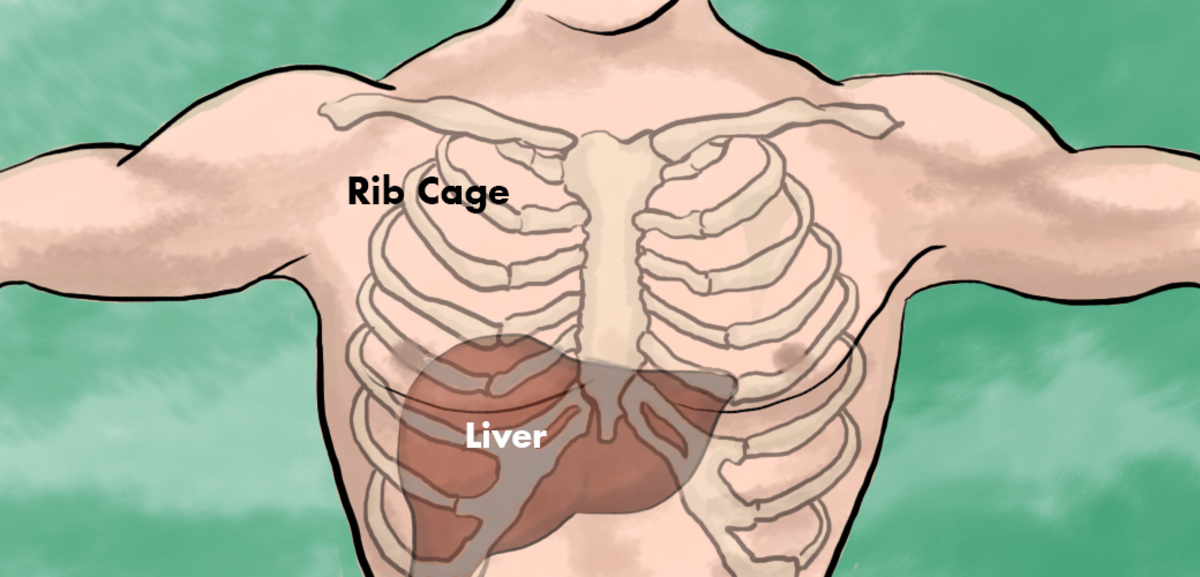Conduct Disorder

Conduct disorder
According to DSM-IV-TR, the essential feature of conduct disorder is a “repetitive and persistent pattern of behavior in which the basic right of others or major age- appropriate societal norms and roles are violated” (APA, 2000, p.93).
To meet criteria for the disorder, a youth must three specific symptoms for at least 12 months and at least one symptom over the past 6 months. Thesesymptoms include the following behavior:
· Intimidating others
· Starting fights
· Using weapons
· Being physically cruel to people or animals
· Stealing
· Committing sexual assault
· Destroying property
· Setting fires
· Breaking into other’s property
· Lying
· Staying out at night
· Running away from home
· Refusing to attend school
Disruptive child behaviors are sometimes grouped into four main types: property violation, aggression, status violation,and oppositional behavior (Frick et al., 1993). These symptoms must cause significant impairment in the person’s daily functioning. In addition, childhood onset disorder is determined if a symptom was present before age 10 years; adolescents onset is determined if no symptom was present before age 10 years. Severity of disorder specified as mild, moderate, or severe.
Etiology:
As with many childhood behavior problems, conduct disorder has a complex and intertwined etiology. Indeed, many biological and psychological variableshave been implicated in the disorder. Although these variables are difficult to pinpoint in any particular case, a combination of biological predispositions and problematic environmental factor s is often inferred. In many cases, for example, this likely involves an interaction of genetic or neurological factors with a highly dysfunctional family environment.
With respect to biological predispositions, no consistence evidence has linked a particular genotype to conduct disorder. Instead, family factors are probably better predictors to whether someone with a particular genotype will become antisocial. Genetic factors may instead be influential in conduct disorder by alerting an individual’s temperament, novelty seeking, or level of the neurotransmitter serotonin. In addition, serotonin levels tend to be lower in those who commit violent offenses and in those with poor impulse control (Lewis, 1997). Lower serotonin levels are also common to people with depression, and many adolescents with conduct disorder have depressive symptoms.
Finally child-based psychological factors may contribute to conduct disorder as well. Youths who are more aggressive, compared to those who are less aggressive, tend to be more egocentric and has less well- developed problem solving and moral reasoning abilities (Hendren & M Mullen, 1997). In addition, these youths tend to be impulsive, view the actions of others as hostile, get caught for negative behaviors, and show little responsiveness to rewards. The development of psychotic symptoms in adolescence may also be related to antisocial behavior.
What about variables that maintain conduct disorder across time? Certain behaviors may be designed to increase arousal, including drug use, speeding, sexual assault, fighting, and over activity. In addition, some adolescents may engage in antisocial behaviors to escape aversive situations. Examples of such behaviors include school refusal, noncompliance, running away from home, and, social withdrawal.
Prevalence:
Findings indicate that girls generally become delinquent later than boys. This could be due, however, to the fact that girls are generally less expected to show disruptive behavior problems than boys. Conduct disorder much more common in boys than girls.
Treatment:
Prevention of delinquency is desirable because treating adolescents with conduct disorder is often difficult and unsuccessful. This is due to complex nature of the problem, its severity and duration, and frequently extensive family dysfunction. If treatment is administrated, however, it often consists of one or more of the following types:
- Parent-familial treatment
- Social-cognitive treatment
- Peer-and school-based treatment
- Community-oriented or residential treatment






